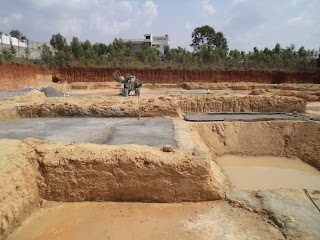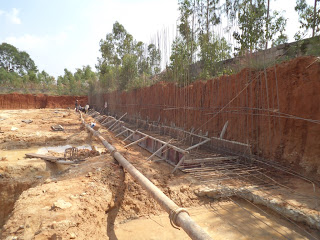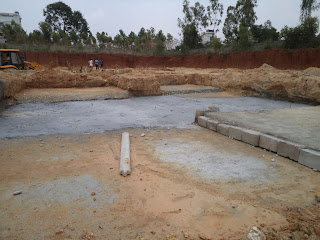1. Don't let the water run when washing your hands, brushing your teeth or shaving. Depending on your mixer, you lose about 7 to 20 litres of water this way - per minute. Turn off the water in the meantime or use a glass of water for brushing your teeth. For a wet shave, it is sufficient to fill the basin with a small amount of water before starting to shave.
2. For a full bath, you need about 140 litres of water. Showering however, consumes far less water, particularly when using a shower with EcoSmart Technology. An economic shower which uses only say 6 litres per minute, the water consumption is only 18 litre for a 3 minute shower without any sacrifice of comfort.
3. If solar energy is unavailable, heating water is bound to require fossil fuels. Therefore, those who save hot water reduce the production of greenhouse gas. In a household with four people water saving showers reduce the consumption of carbon dioxide by up to 700 kg per year.
4. A large portion of domestic water consumption - about 35 litres per person per day - is the water used for flushing the tiolet. Installing an interrupt control or a dual flush system is particularly worthwhile, since small flushes usually don't require more than 3 litres of water. This can save up to 10,000 litres of drinking water per person per year.
5. Domestic appliances like washing machines and dishwashers also use a considerable amount of water. When buying new appliances, pay attention to their energy efficiency class and chose a model of class of class A, or even better , A+, A++.
6. Of course, you can save most water by using it twice. A domestic grey water recycling system which can be easily integrated in to the planning of new homes or reconstruction projects, purifies, purifies the water used in bath and shower and makes it available as clear water - for example for flushing the toilet or watering the garden. Even collecting rain water by means of a water butt can have significant impact.
7. Even our buying habits have an influence on water consumption. For example, producing 1 kg of paper made from fresh fibers creates 100 litres of waste water, while the production of recycled paper uses only 15 litres of water per kg, saving natural resources at the same time. When buying toilet paper or writing paper, choose products from a well known eco label.
8. Enormous amounts of water are used in food production as well. For example, the artificial irrigation of vegetable fields in dry regions entails huge environmental problems. A diet which is geared towards seasonal and regional availability is not only better for the environment, but also better for your health.




















